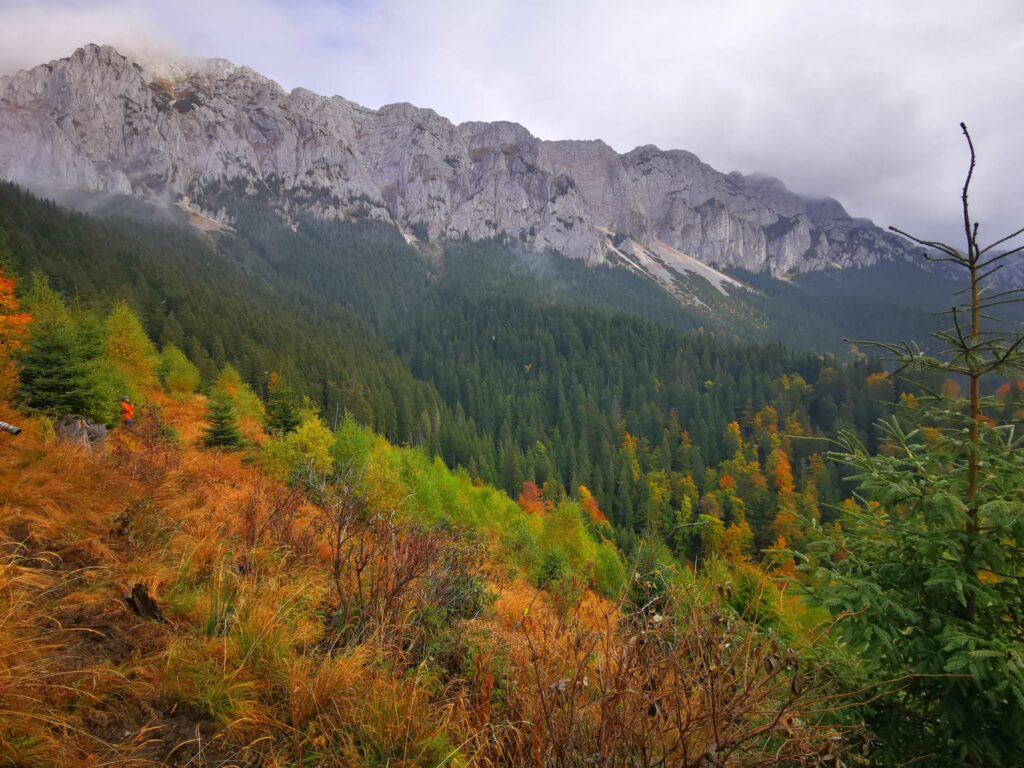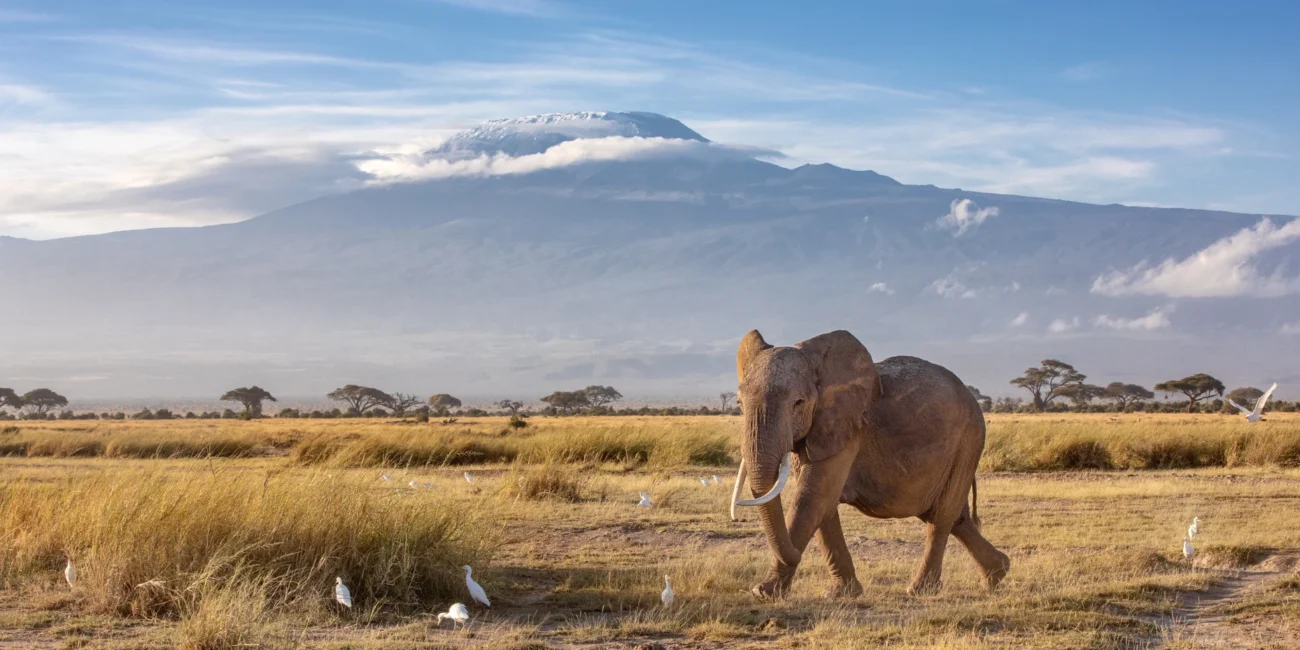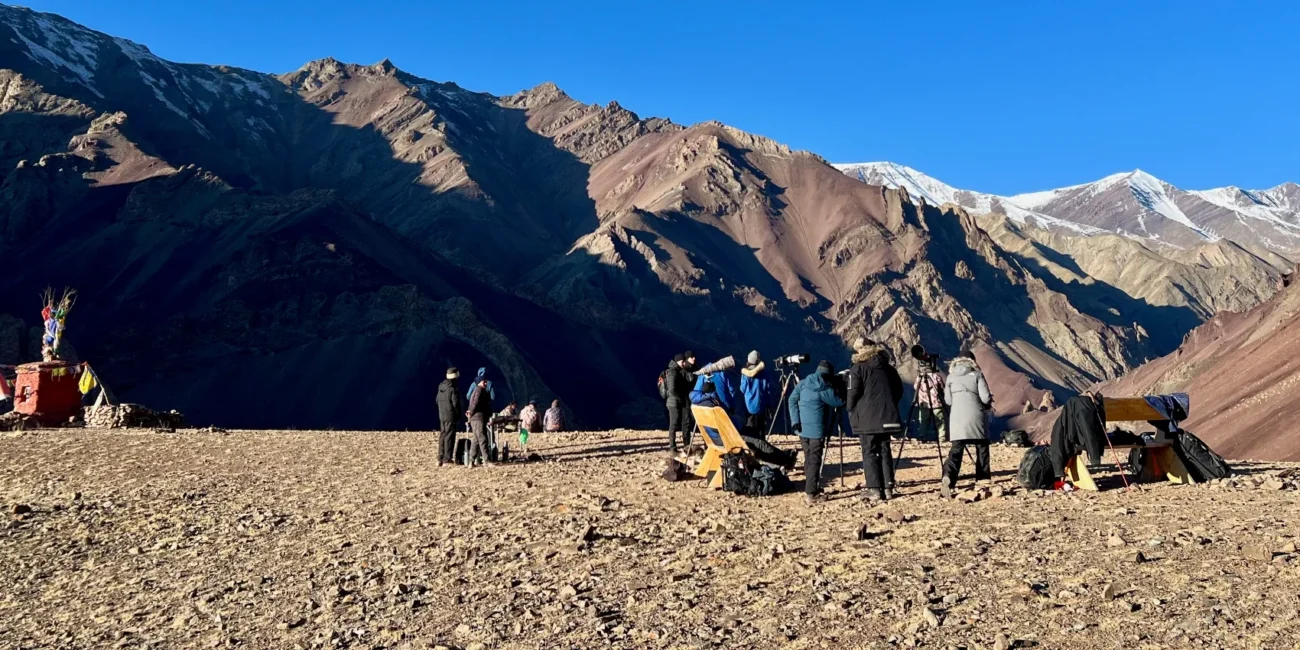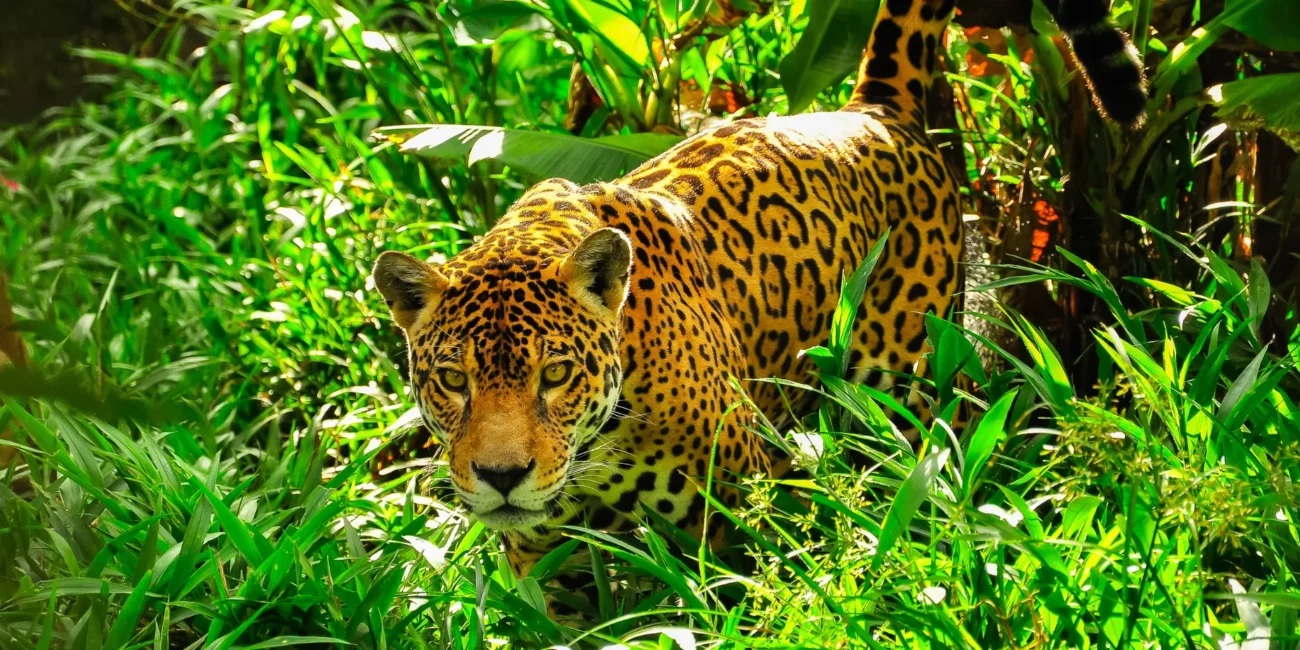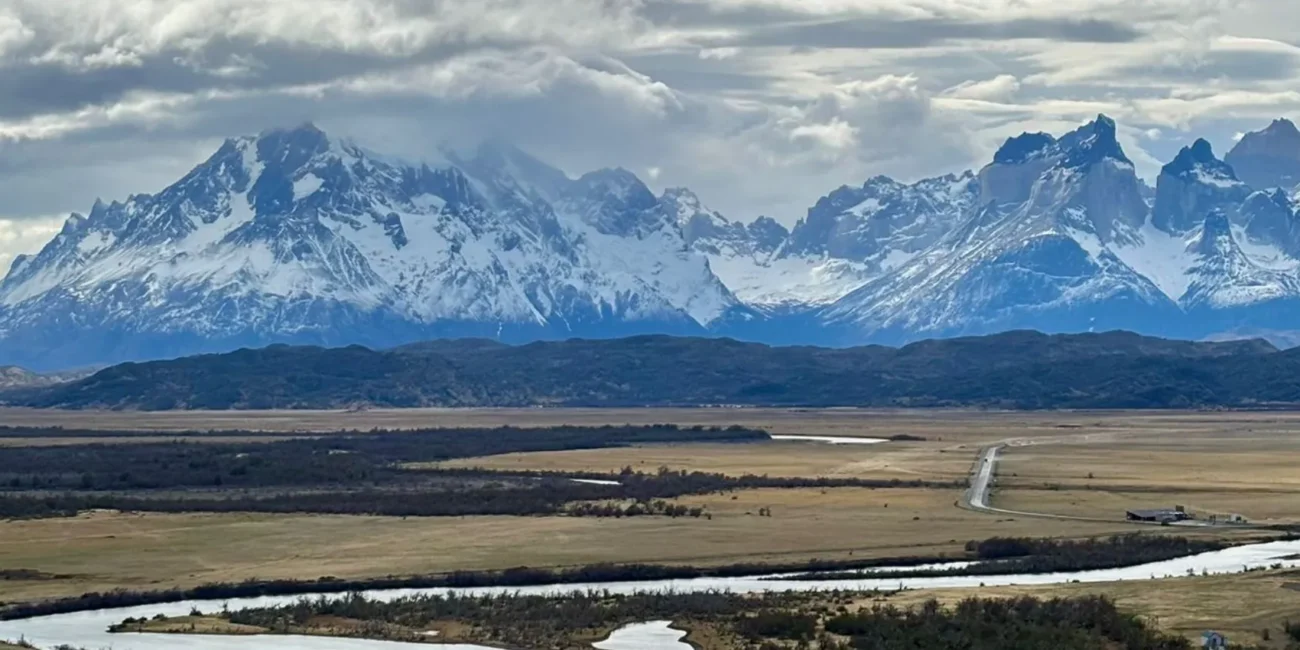In last month’s Field Report, we looked at the unique ecosystem that makes up the Făgăraș Mountains, where Foundation Conservation Carpathia (FCC) is undertaking its vital restoration work and creating a “European Yellowstone”. Since then, we’ve been in touch with the team on the ground who have shared the latest insights and updates of their work from the past month – from the latest planting successes to developments in bear monitoring and wolf DNA studies.
Saplings and seedlings and all things tree planting
This season in Carpathia, the FCC team have broken the record of forest replanting in their ten years of work on ecological restoration, taking us a step closer to new forests in the Făgăraș Mountains in the future. Over 117 hectares of forests have been planted this season alone, including 435,250 spruce, fir and beech saplings. In addition to planting the saplings, hard work has been going on in the greenhouses and tree nurseries, with continuous care of the seedlings in the greenhouses, weeding around the saplings and installing shade nets in the nurseries, seeding spruce trees, and continued planting of willow trees along the river banks to aid the beaver reintroduction project.Bison, bears, wolves and peregrine falcons – wildlife monitoring updates
In May, the FCC team was delighted to observe two new calves born into separate bison groups, after monitoring the herds released into the wild since 2020. This is an exciting step for the project, watching the population of this rare species increasing naturally in their natural habitat. May is a quiet month for golden eagle activity due to being the hatching month, however the team came across a nest of peregrine falcons with their new chicks during the eagles monitoring surveys. The preparations have also begun for the next phase of bear monitoring across 120,000 hectares of the Carpathian wilderness, and the report of the wolf DNA study is nearly complete. This non-invasive technique of sampling the DNA of these free-ranging animals without catching or disturbing them has allowed genetic studies of not only their identification, pedigree reconstruction, and sex, but also effective population size based on traditional ‘capture-mark-recapture’ methods. Each genetic fingerprint has been treated as a ‘mark’ and a ‘recapture’ is recorded whenever an identical genotype is found. This method has provided the best and most reliable statistical estimate of the population of these species in the area.Community outreach
With local communities being the key to creating successful protected areas, the FCC regularly works with the 28 communes in the surrounding area of the Făgăraș Mountains who each have an important connection to the mountains. Most recently, The European Forest Institute (EFI), in collaboration with The Circular Bioeconomy Alliance and HRH the Prince of Wales, has launched ‘SUPERB’ – systemic solutions for upscaling of urgent ecosystem restoration for forest-related biodiversity and ecosystem services. This large, cross-border project aims to restore forest ecosystems across Europe. Out of 12 demonstration areas chosen for the project, the only Romanian area is the Carpathian forests of the Făgăraș Mountains. The SUPERB project includes monitoring, local community involvement and educational activities.Results and impact of the project to date
- 26,900 ha of forest under permanent protection, safeguarded for future generations
- 78,000 ha of forest protected for wildlife, with no sport or trophy hunting
- 1,157 ha of clear-cuts bought and restored
- 3,486,682 saplings planted in clear-cuts, riparian galleries and artificial spruce monocultures
- 200 locals which make a living from the Carpathia project
- 1,200 students and teachers involved in environmental education projects
